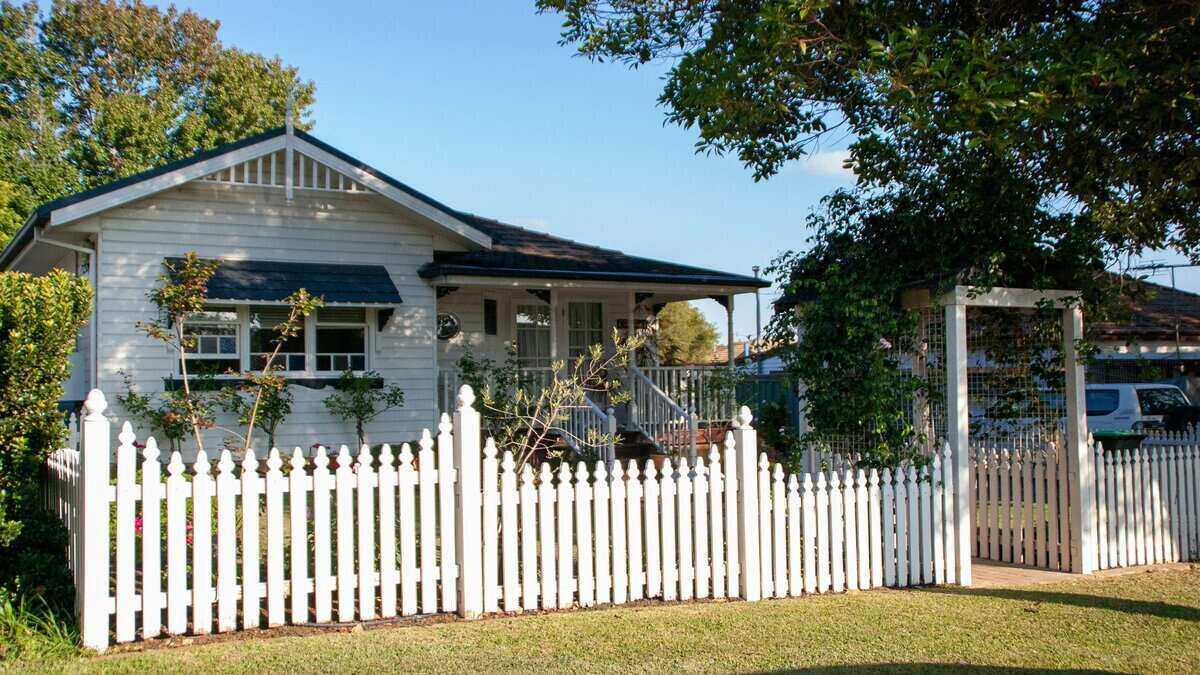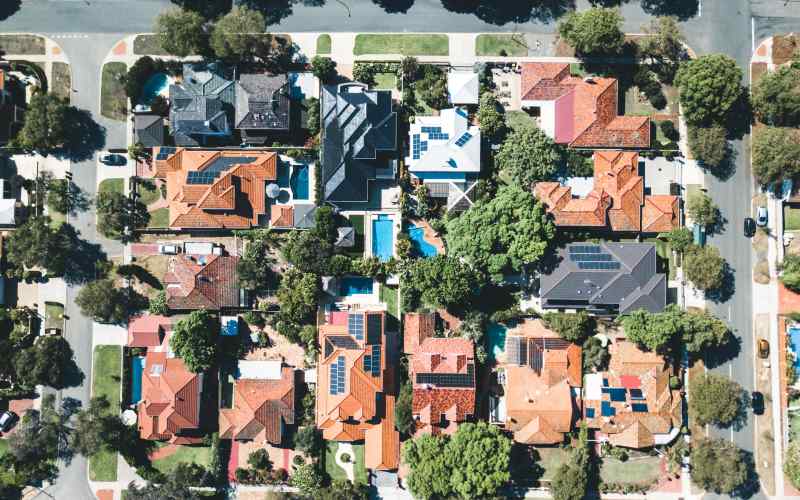What's more, one-fifth of low-income private rental households don't receive any rent assistance despite being in housing stress, according to new research from the Australian Housing and Urban Research Institute (AHURI).
The report, ‘Demand-side assistance in Australia’s rental housing market: exploring reform options’, found that rent assistance isn't well-targeted, with 18% of low-income households not receiving any rent assistance despite being in housing stress.
Housing stress in this instance is defined as spending more than 30% of gross (pre-tax) income on rent or mortgage repayments.
AHURI found that raising the CRA maximum rate by 30% could lift 40% of low-income households out of housing stress.
Meanwhile, changing CRA eligibility criteria to target those in housing stress would reduce the number of low-income households struggling to pay rent by 370,000 - many of whom are currently ineligible for CRA.
Buying a home or looking to refinance? The table below features home loans with some of the lowest variable interest rates on the market for owner occupiers.
| Lender | Home Loan | Interest Rate | Comparison Rate* | Monthly Repayment | Repayment type | Rate Type | Offset | Redraw | Ongoing Fees | Upfront Fees | Max LVR | Lump Sum Repayment | Extra Repayments | Split Loan Option | Tags | Features | Link | Compare | Promoted Product | Disclosure |
|---|---|---|---|---|---|---|---|---|---|---|---|---|---|---|---|---|---|---|---|---|
5.54% p.a. | 5.58% p.a. | $2,852 | Principal & Interest | Variable | $0 | $530 | 90% |
| Promoted | Disclosure | ||||||||||
5.49% p.a. | 5.40% p.a. | $2,836 | Principal & Interest | Variable | $0 | $0 | 80% |
| Promoted | Disclosure | ||||||||||
5.64% p.a. | 5.89% p.a. | $2,883 | Principal & Interest | Variable | $250 | $250 | 60% |
| Promoted | Disclosure | ||||||||||
5.64% p.a. | 5.89% p.a. | $2,883 | Principal & Interest | Variable | $248 | $350 | 60% |
|
To be eligible for CRA, you must be receiving social security or veterans' income support and/or more than the base rate of Family Tax Benefit Part A and pay or be liable to pay more than the specified rent thresholds.
Changing the eligibility criteria would mean that 240,000 households in housing stress would become eligible for CRA while 330,000 would lose their entitlement to receive CRA because they're not in housing stress - saving the economy $1.2 billion per year.
Professor Rachel Ong ViforJ from Curtin University said while changing the CRA eligibility rules offers the biggest benefits in terms of targeting those who need it most, there would be constitutional complications in implementing this reform.
"Currently the Australian Government is constitutionally limited to only paying CRA as a supplement to people who receive certain other social security benefits such as JobSeeker or the Age Pension," Professor ViforJ said.
"Nevertheless, there could be constitutional ways of overcoming these constraints, such as using the external affairs power to effect the internationally recognised right to housing; expanding the Australian Government’s constitutional powers to make provision for housing benefits; or reforming CRA as a Commonwealth-State and Territory program, with the Australian Government making grants to state and territory governments to pay rent assistance to eligible persons.
"Care would need to be taken to ensure it retains its form as a cash payment to tenants, not landlords."
The research found that a 30% increase in the CRA maximum rate would lift 40% of low-income households out of housing stress.
"This would reflect a much-needed increase in CRA for low-income renters. CRA maximum rates simply have not kept pace with rent increases over time."
But the report warned that in severely disadvantaged areas, up to one-third of an increase in the CRA maximum rate could be captured by landlords lifting their rents.
"Policies that increase the flow of new housing supply in low-value market segments would be important to counteract this effect," said Professor ViforJ.

Ready, Set, Buy!
Learn everything you need to know about buying property – from choosing the right property and home loan, to the purchasing process, tips to save money and more!
With bonus Q&A sheet and Crossword!







 Harry O'Sullivan
Harry O'Sullivan
 William Jolly
William Jolly











